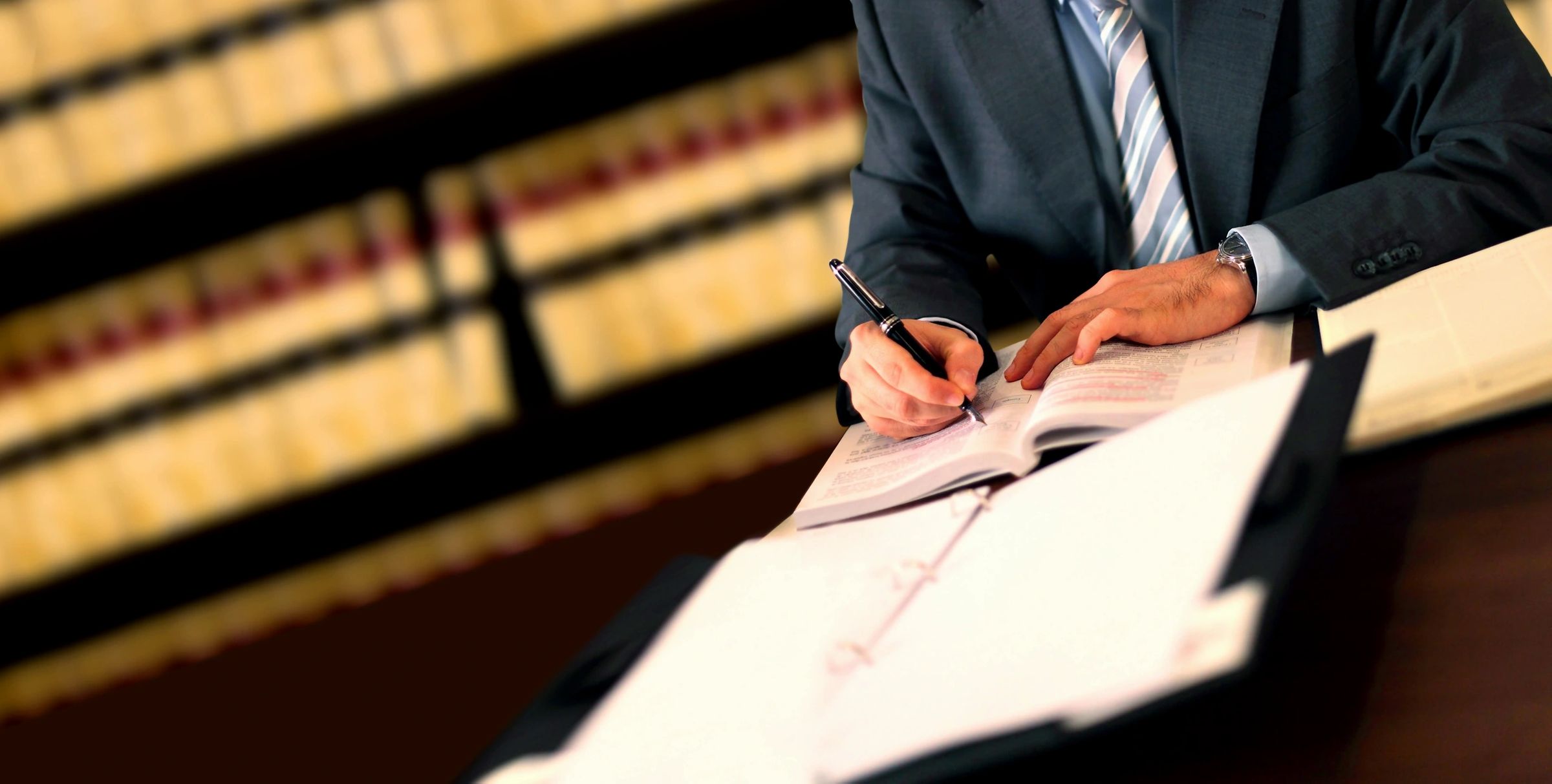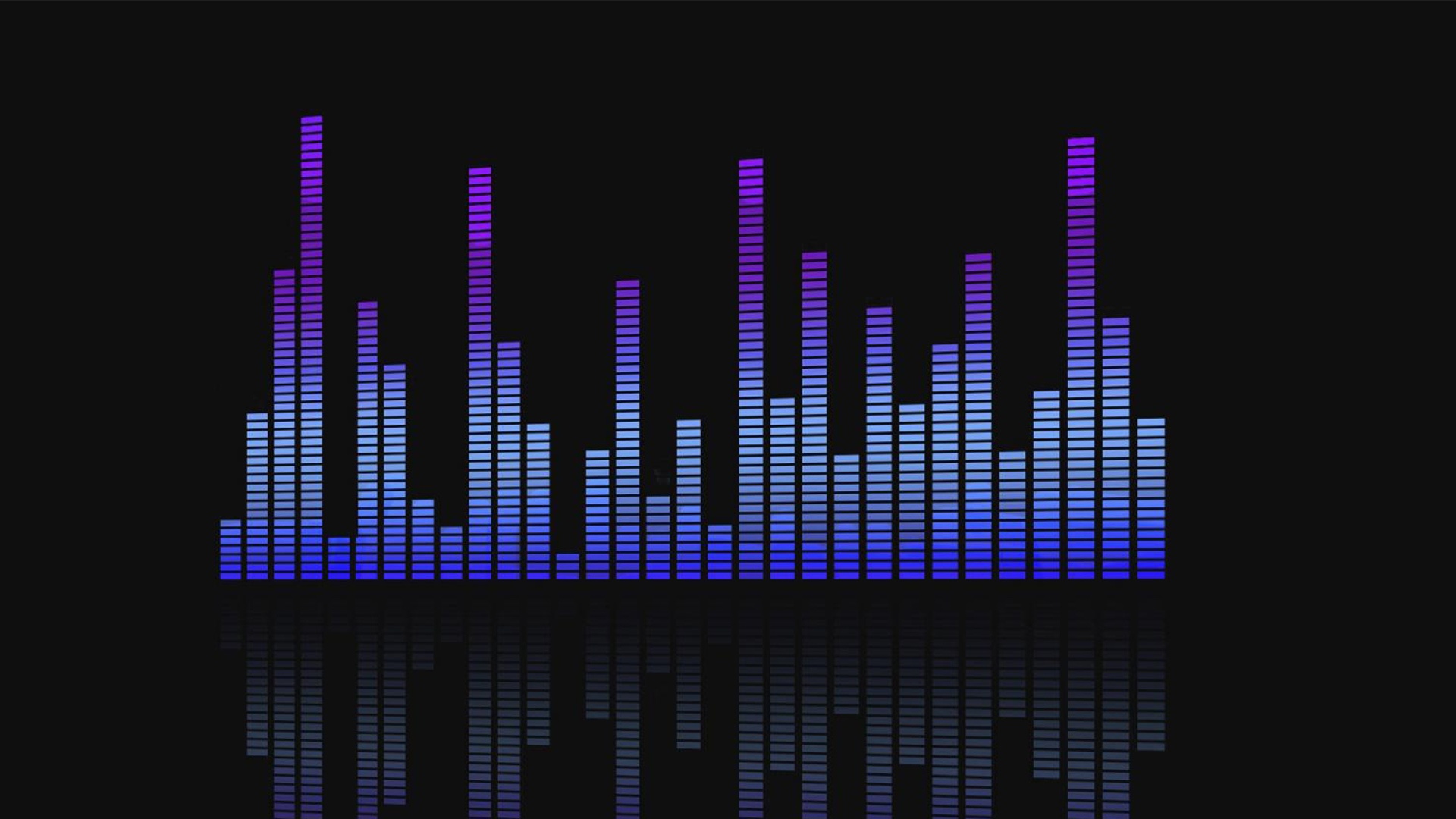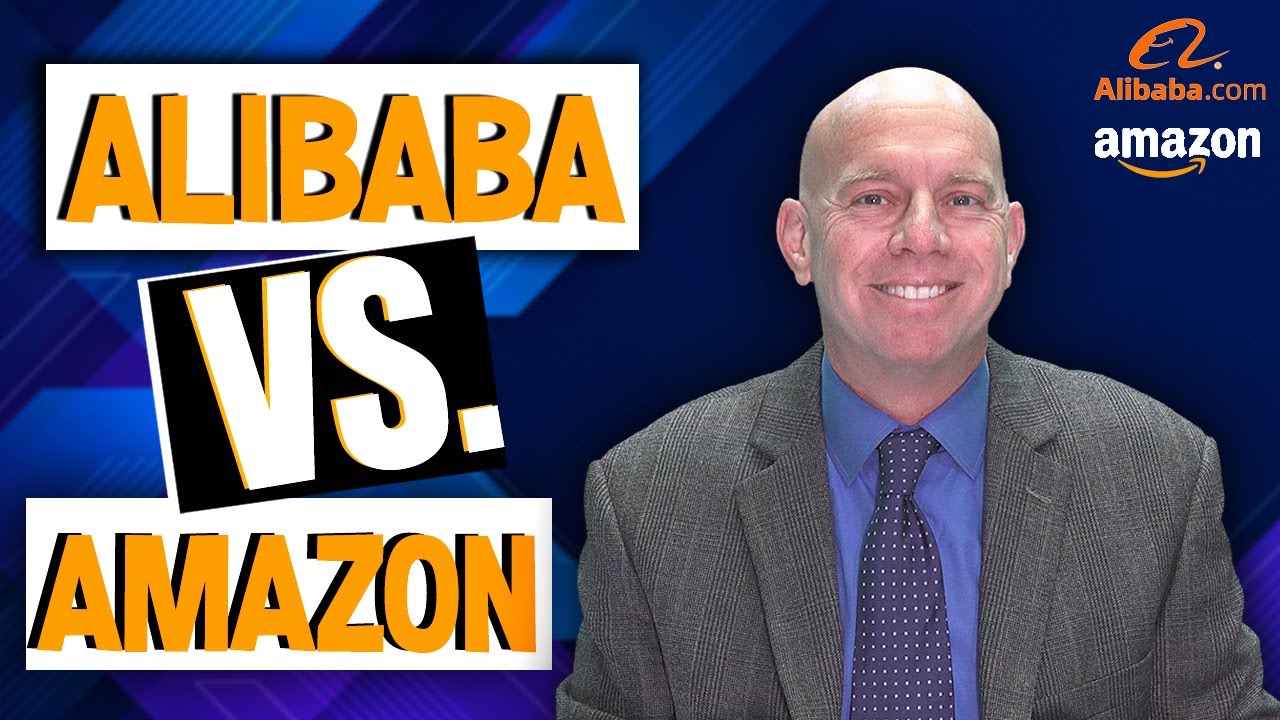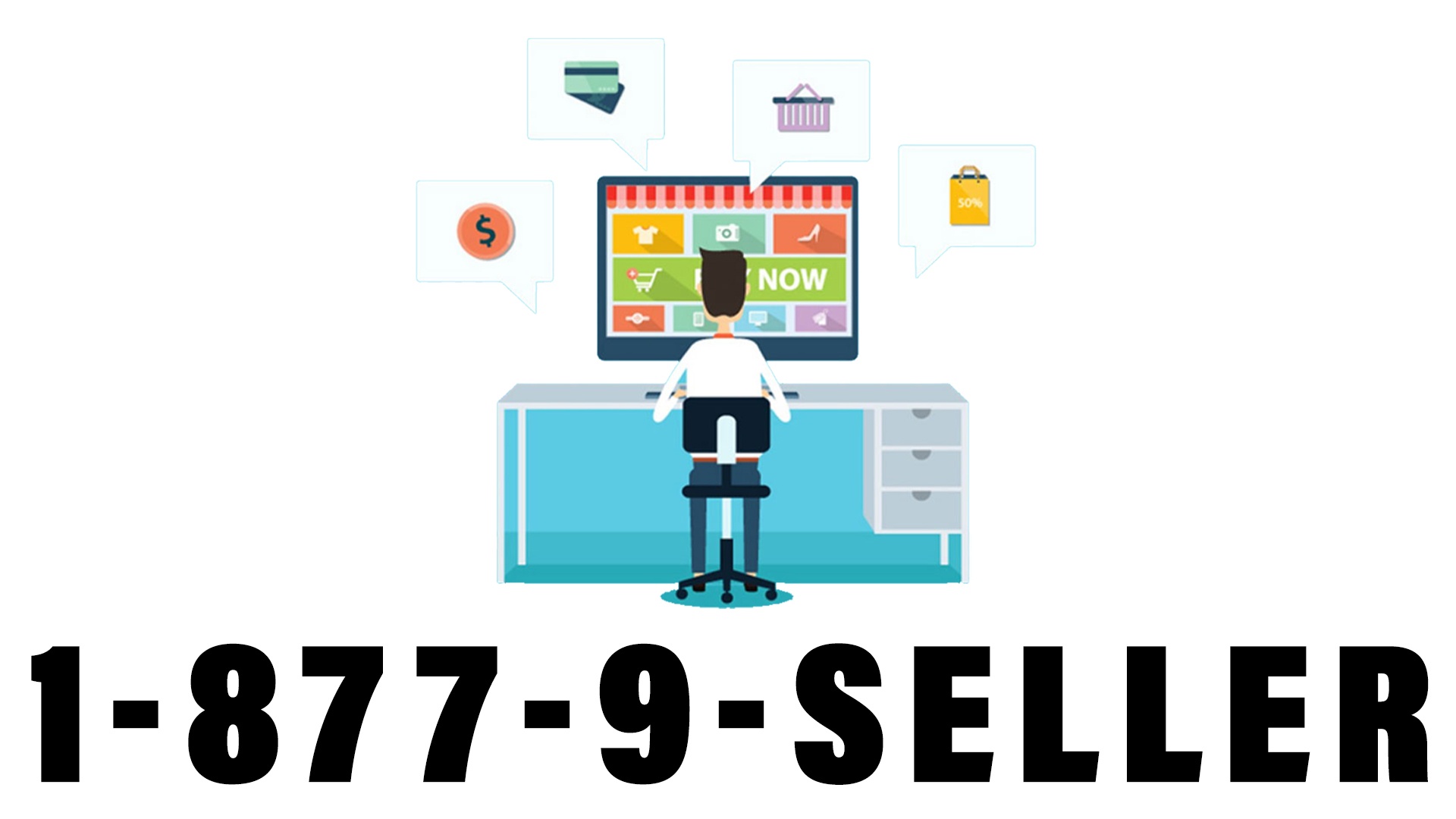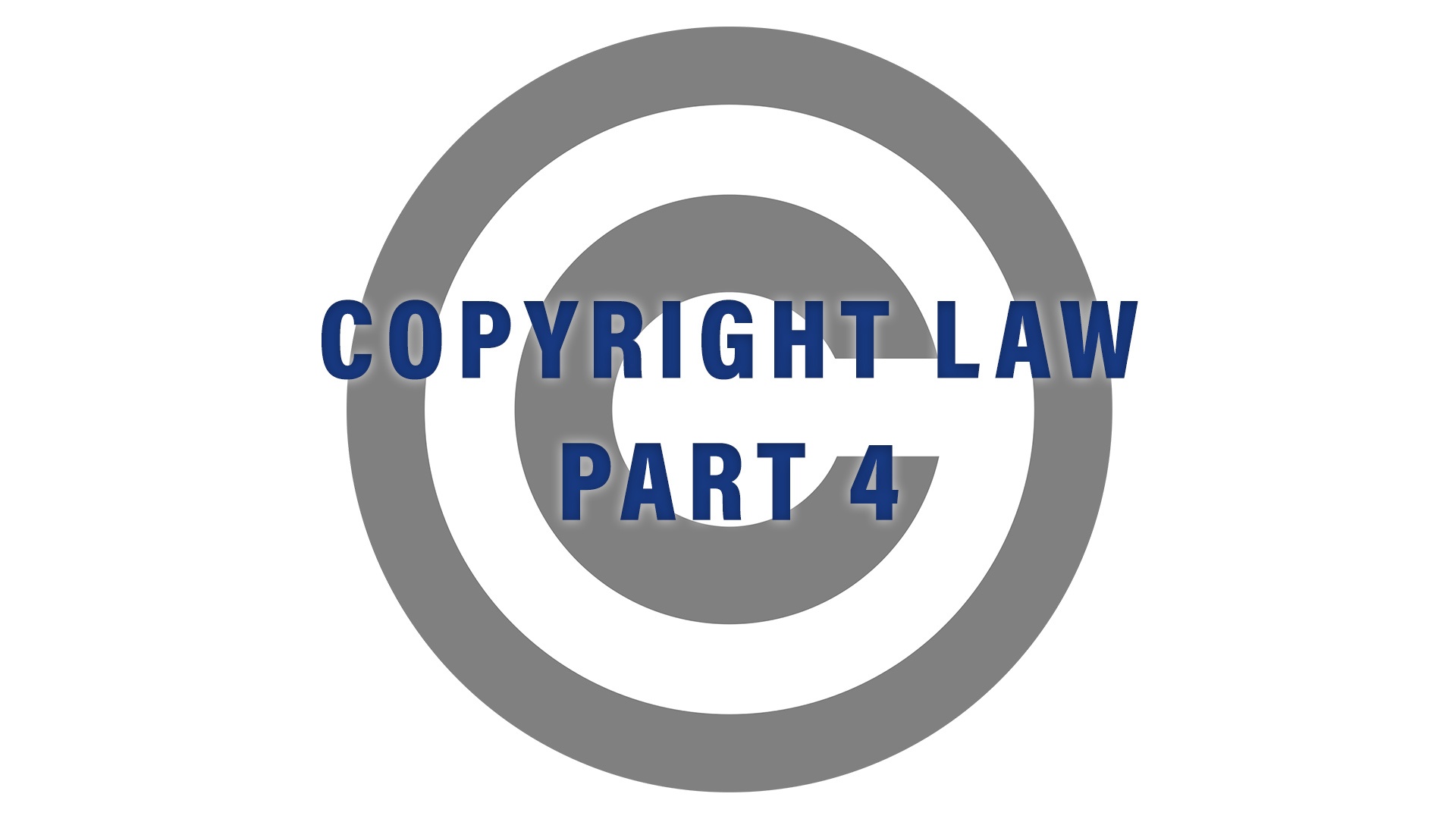
Up until this point, we have discussed the vast history of copyright law in the United States. From the printing press until the rise of social media, a lot has changed in copyright law.
Now, we’re going to dive into the specifics of copyright law. What is it? Who controls and monitors it? And how does it apply from artists to small business owners?
What is Copyright?
The most important thing to know is what an artist and small business owners are commonly concerned with when it comes to copyright on ecommerce platforms. Often times, an artist or small business can run into trouble for using a copyrighted image for a product or for using copyrighted language when describing their product online.
As described by CJ Rosenbaum, founder and CEO of Rosenbaum Famularo, P.C. in his book “Amazon Sellers’ Guide: Copyright Law”, copyright infringement is described as “a violation of a holder’s exclusive right to a work of art, protected by the copyright act, using a protected work without permission of the owner.”
In layman’s terms, copyright is the theft of an idea or an art piece either for personal use or for monetary gain. Copyright infringement covers a wide array of offenses; illegally downloading music for personal use is considered copyright infringement, as is selling a product that is nearly identical to a copyrighted product as your own.
The use of specific images or verbiage for your business can be seen as a copyright infringement by using someone else’s copyrighted property for your monetary gain. This is why it’s important for an artist or small business owner to upload their own images or to create their own images (or to pay someone else to create an image for you).
Who Controls Copyright?
Copyright is monitored through the United States Copyright Office, which was founded in 1870 and has dealt with all issues dealing with copyright since its incarnation. According to its website, the Copyright Office “is responsible for administering a complex and dynamic set of laws, which include registration, the recordation of title and licenses, a number of statutory licensing provisions, and other aspects of the 1976 Copyright Act and the 1998 Digital Millennium Copyright Act.”
The Copyright Office keeps a vast database of copyright laws and rulings and also informs the public on forthcoming changes for the Copyright Office. The Copyright Office works with congress on determining effective lawmaking when it comes to copyright.
What Can Be Applied for Copyright?
Copyright can apply to all sorts of different kinds of works.
According to the United States Code, the following are eligible for copyright:
(1) literary works;
(2) musical works; including any accompanying words;
(3) dramatic works, including any accompanying music;
(4) pantomimes and choreographic works;
(5) pictorial, graphic, and sculptural works;
(6) motion pictures and other audiovisual works;
(7) sound recordings; and
(8) architectural works.
Copyright has evolved to become more flexible with ever-changing technologies so that it encompasses anything that might seem relevant today. For example, video games are protected under this framework even though they don’t have their own category. A streamed television show on Netflix is also considered a performance under copyright even though it can be watched whenever the viewer decides to view it. The purpose of the list above is to be flexible enough in language that future art works can fit under one of the categories.
Copyright owners have the exclusive right to legally create copies of the work, use the work in other new creative works, sell the work, or perform the work if it is a performance work such as a dance piece, drama show, or song. Copyright owners are also allowed to grant these rights to others.
As we’ve mentioned earlier in talking about the history of copyright, copyright owners are the exclusive owners of the copyright of the work up until the time of their death plus another 70 years afterwards (as long as the work was created after January 1, 1978).
Works produced prior to the 1978 deadline could have a different copyright term depending on a whole host of different factors, including when it was copyrighted and whether the copyright was renewed and how long the renewal lasts.
According to the Copyright Office, “[f]or an anonymous work, a pseudonymous work, or a work made for hire, the copyright endures for a term of 95 years from the year of its first publication or a term of 120 years from the year of its creation, whichever expires first.”
Works created after January 1, 1978 do not have to be renewed through the Copyright Office either. One the copyright is created, the clock begins on its entry into the public domain.
Publication of the copyright can become official by distributing copies of the work to the public, or by offering a group of persons to distribute the copies of the work. The day in which the copyright is considered to have started can affect the duration of the copyright, such as whether or not the work was published before or after the January 1, 1978 deadline.
Copyright Notices
A copyright notice is an inscribed message on the work that informs the public that the work is legally copyrighted. A copyrighted notice can include the well-known © symbol, the abbreviation “Copr”, or the word “Copyright.” Open up a book and you’re bound to see a copyright notice on one of the first few pages. Find a DVD or CD case and take a look at the back cover, which usually includes a copyright notice.
A copyright notice is not strictly required for works published after March 1, 1989. Prior to that date, the Copyright Act of 1909 required notices to be fulfilled or the work would become a part of the public domain. That loophole was closed following the Berne Convention, but notices still serve a purpose when it comes to copyright.
The following are some benefits of notices:
• May disqualify an innocent copyright infringement defense.
• Notifies the public of the claim of ownership, which may prevent infringement.
• Can help others locate the copyright owner to obtain permission for reuse.
There are simply no downsides to getting a copyright notice for your copyrighted product. So even though it isn’t required anymore, it’s still quite common to see.
Even if the notice is defective, the copyright is still active (so long as the work was created after March 1, 1989). This is because the notice is not legally required in the first place.
Copyright Law for Brand Protection Part 4 Conclusion
Copyrights are the legal backbone of all art works. Without a copyright, your product is liable to theft and you could lose monetization. A whole host of different kinds of works are capable of being copyrighted, and the list of works eligible for copyrights is constantly expanding.
For an artist or ecommerce seller, it’s important to understand copyrights and how they work. You’ll want to know how they work for anything you have personally copyrighted, but also because you don’t want to receive infringement complaints. An accidental offense could still be perilous for your business.
So far, we’ve touched on the basics of copyright and how it functions. Next, we’ll dive into more specifics on copyrights and how they are upheld legally.


